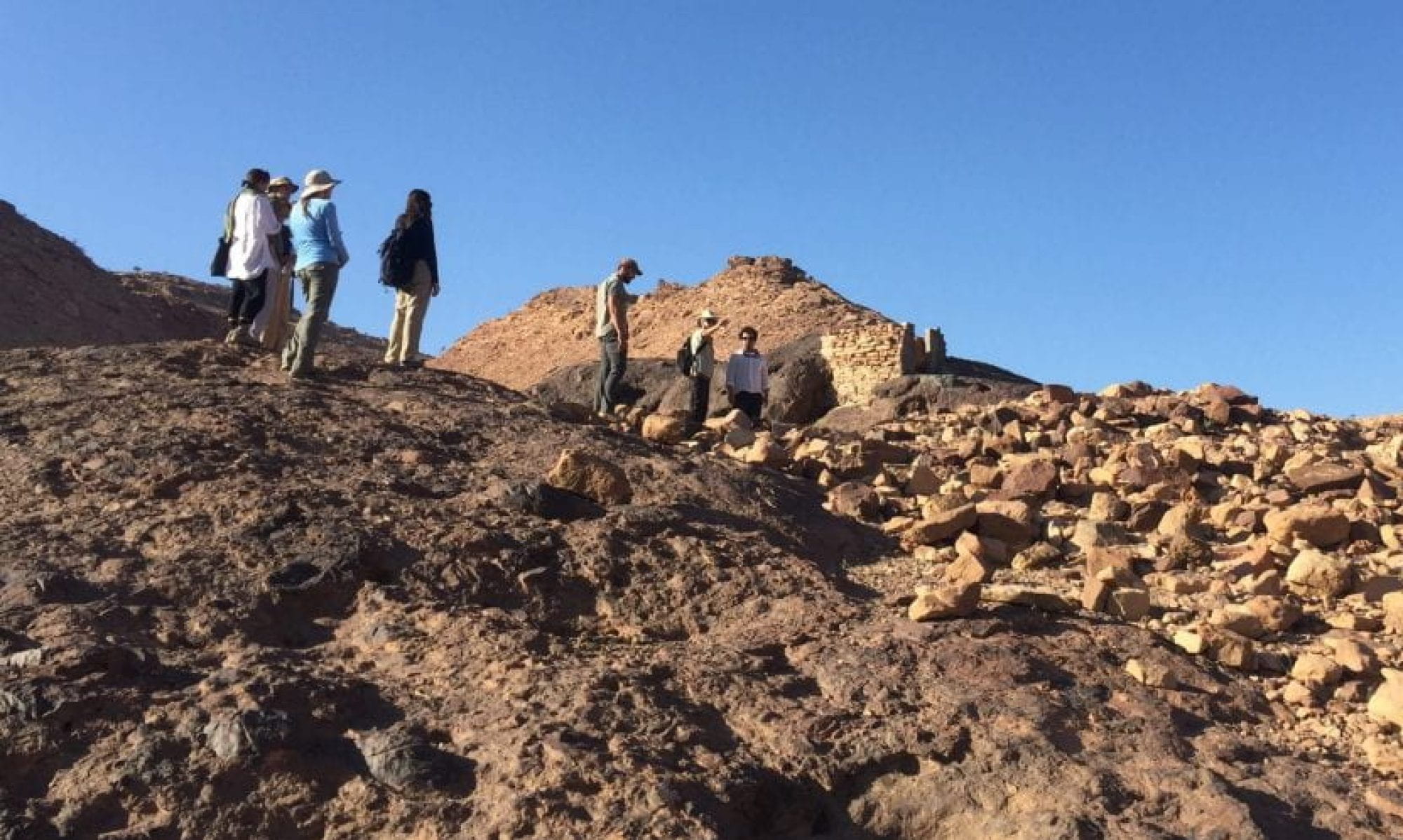Past Research Projects:
- Production Portraits: Confronting Convention, Craft and (Re)Creativity in Material Representations
- Colonial iron production sites in North America (Krysta Ryzewski): From 2006-2010, Krysta Ryzewski conducted research on the techniques, materials, and human-material networks of iron production. Her research to date has focused on iron production in the American colonies, as part of the Greene Farm Archaeology Project, where her focus was on documenting, through material traces, the social, economic and technological history of Rhode Island’s 17th-18th century iron industry; tracing the existence, character and influence of indigenous technological innovation in the American colonies is a subject that is poorly documented and often overlooked. More recently, Krysta’s iron analysis has grown to include topics of regional iron production in Northeastern North America, the Caribbean, and the eastern Mediterranean (in several different projects!). This work incorporates methods from archaeology, materials science, and a few experimental approaches in collaboration with the Oak Ridge National Laboratory.
Related publications include:- 2008. Archaeology of a Colonial Industry: Domestic Ironworking in Rhode Island, 1642-1800, PhD Dissertation, Department of Anthropology, Brown University.
- 2008. Historical Nailmaking Techniques Revealed in Metal Structure, Historical Metallurgy, November, vol. II. (with Robert Gordon)
- 2009. Nailing Down Manufacturing Processes, Technique and Innovation in Colonial Ironworking, World of Iron Conference Proceedings, (X. Veldhuijzen, editor)
- Assembly of a chemical standard collection of archaeological metals using XRF (K. Ryzewski)
- Mining and metallurgy of native copper resources in the Americas (K. Ryzewski & Max Mankin): The archaeological record tells us that copper objects were valuable ritual and trade items for Native Americans for centuries before European arrival, as well as during the 16th and 17th centuries, during the contact period. During this era, Europeans traded raw and finished copper materials with each other and the Native Americans.However important copper was to both Europeans and Native Americans during the Colonial Era, literature studies reveal that little is known about the use and trade of copper in the northeastern United States. In particular, the archaeological evidence for extraction (mining), processing (manufacture), trade, and transformation (reuse) of copper and copper goods has not been examined for our region. Consequently, little is understood about the impact of these copper technologies on the people and natural environments of the time. This stands in contrast to areas such as the Midwest, Canada, and Great Lakes Regions, for which data has been collected which has been significant in informing archaeological understandings of Native American and European interactions.
Questions of interest to archaeologists, anthropologists, engineers, chemists, geologists, and (art) historians include:- Who was providing the raw copper for copper goods and how did they acquire it?
- How did access to copper affect relationships between Native Americans and Europeans?
- Which was traded: goods or raw copper?
- How was technological knowledge about copper working transferred between people within and between these groups?
- What was the production process of copper objects? In particular, how was the copper extracted from the ores and how were the copper goods manufactured?
- What was traded in exchange for the raw copper or copper goods?
The project involved chemical, geological, and archaeological studies of copper and copper alloy (bronze and brass) objects from Greene Farm in Warwick, RI and other collections from colonial period Rhode Island that contain evidence of interaction between Europeans and Native Americans. Using physical techniques such as x-ray fluorescence, x-ray diffraction, neutron diffraction, neutron imaging, neutron activation analysis, and electron microscopy, Greene Farm and other artifacts will be examined in order to fill in the gaps relating to colonial copper use and hopefully answer some of the questions mentioned above.
We hope that the research will not only elucidate trade patterns, trade relations, and methods of manufacture at Greene Farm, but that it will provide an indication of how the copper found at Greene Farm fit into the global copper trade of the time. This research lays the groundwork for creating an extensive map of trade hubs, copper sources, and copper destinations in the Colonial Northeast.
- Reconstruction of iron smelt forge conditions (K. Ryzewski, Brian Sheldon, & Max Mankin): These are the results of the FactSage simulation of an iron smelt. The results of the simulation, including all data resulting from the calculations, may be found in the excel spreadsheet attached below.
NOTE: Please do not cite or reproduce data without permission.
Alpha corresponds to the number of moles of Carbon (fuel) present during the simulated smelt. Alpha (C) and Temperature (T) are the two variables we incremented during the simulations.
- Early iron metallurgy in Greece (Alex Knodell)
- Grain boundary precipates in iron (Brian Sheldon & K. Ryzewski)
- Glass production and working techniques, Aqaba, Jordan (Carolyn Swan):In 2007, Dr. Donald Whitcomb of the University of Chicago graciously loaned a large sample of glass artifacts to Carolyn Swan for chemical analysis. These artifacts are important sources of information, in that they come from excavated contexts that date to the Early Islamic era (roughly 9th-12th c. CE); careful scientific analysis of these materials may help us to understand the glassmaking procedures in place during this period and any technological changes that may have occurred over the centuries.
- Ceramic production technologies at Sagalossos, Turkey (Elizabeth Murphy)
- Quarrying practices in the eastern Mediterranean (Brad Sekedat)
- Provenance and manufacturing analysis of Greene Farm material culture (K. Ryzewski, et. al – see: Greene Farm archaeology project website)
- Instrument design – 3-D neutron imaging, in collaboration with Oak Ridge National Laboratory (K. Ryzewski, B. Sheldon, S. Alcock)
Undergraduate Research Projects:
- From ARCH1860, Spring 2009. “Engineering Material Culture: An Introduction to Archaeological Science” (Instructor: K. Ryzewski). [link]
Research Funding & Awards:
- Brown University OVPR Seed Grant, 2009-2010 (S. Alcock, B. Sheldon, K. Ryzewski)

